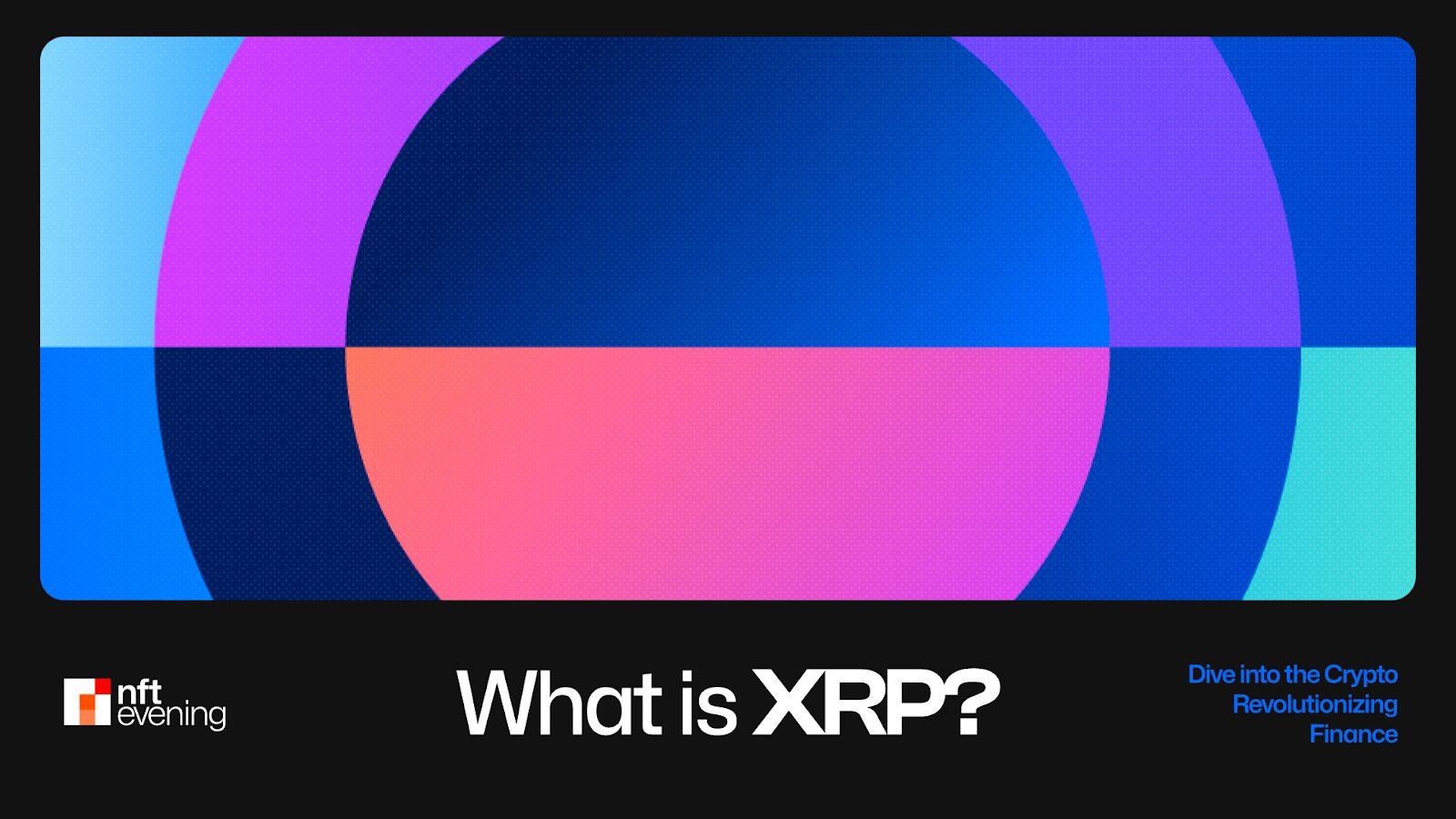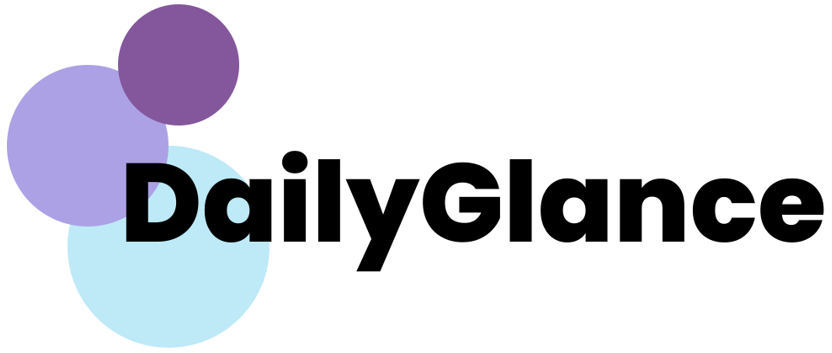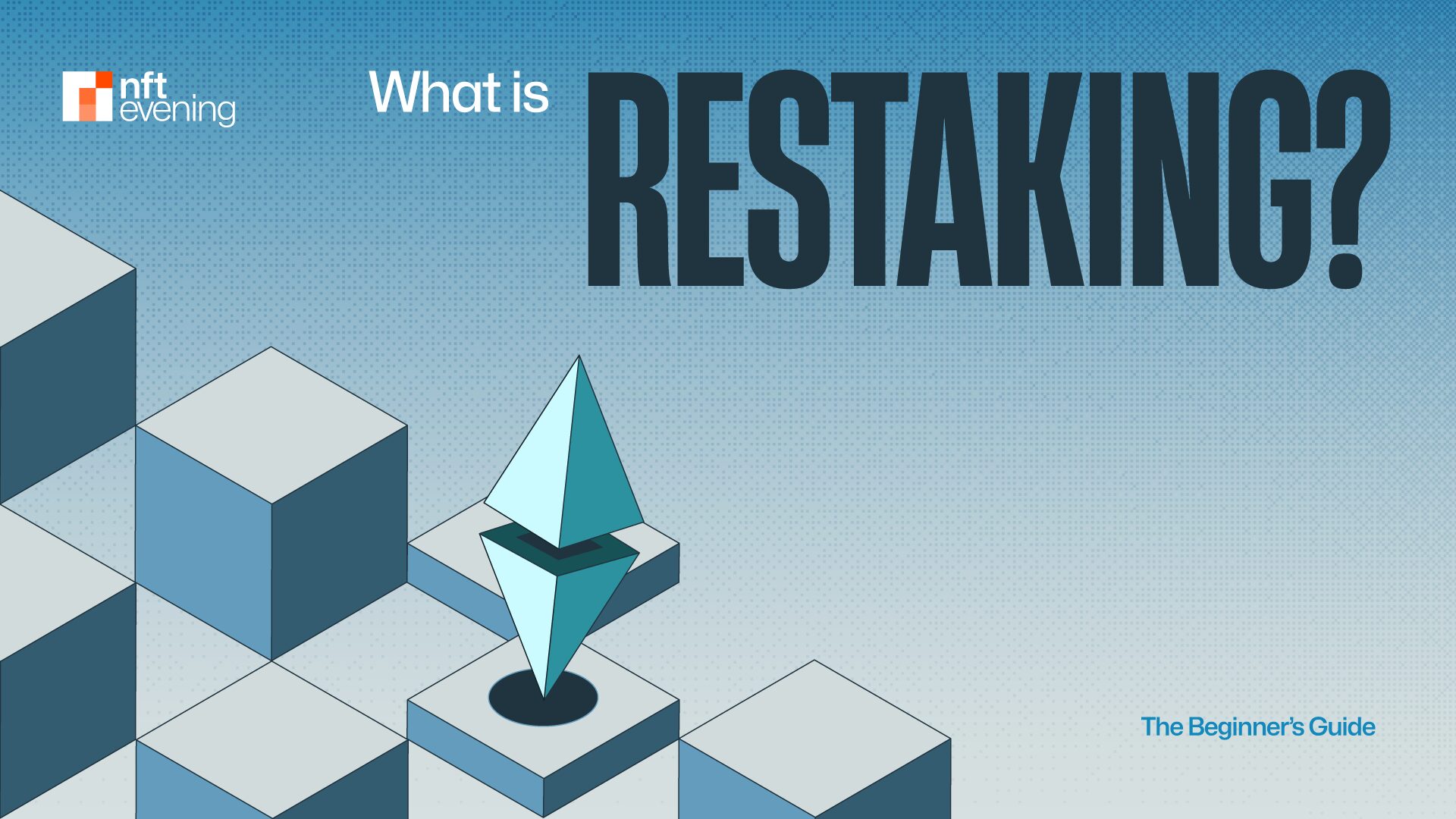Now Reading: What is XRP (Ripple)? The Complete Beginner’s Guide
-
01
What is XRP (Ripple)? The Complete Beginner’s Guide
What is XRP (Ripple)? The Complete Beginner’s Guide

Ripple is a worldwide network designed to enable inexpensive, high-speed, cross-border transactions for a variety of businesses, individuals, and financial institutions. The network revolves around its native asset, XRP, which serves as a vital bridge currency for transfers between fiat currencies and other cryptocurrencies.
Originally known as Ripple Labs Inc., XRP utilizes a distinct consensus mechanism in its blockchain to authenticate transactions swiftly. This eliminates the need for centralized intermediaries, reduces transaction fees, and enables real-time settlement. Ultimately, Ripple aims to transform the way money flows within financial networks.
Ripple, commonly referred to as Ripple Labs, RippleNet, and the native cryptocurrency XRP, was established in San Francisco with the goal of replacing slow and costly wire transfers for international transactions with ultra-low-cost and nearly instant digital asset transfers. The Ripple network acts as a bridge connecting traditional financial network infrastructures with blockchain technology tailored for real-time transaction settlements and liquidity management.
In contrast to Bitcoin’s proof-of-work model and Ethereum’s proof-of-stake model, Ripple employs a unique consensus protocol that relies on independent validators for transaction verification. This mechanism allows for a high transaction throughput and significantly lower fees compared to many other networks, offering substantial advantages for banks and remittance service providers.
XRP functions as the native token of the Ripple network and primarily serves as a bridge asset for facilitating currency transfers. Unlike Bitcoin and Ethereum, XRP was pre-mined, meaning all one hundred billion tokens were generated at the outset. Through XRP, institutions can transfer various currencies, convert them into XRP, and settle funds in another currency within seconds, aided by independent validations that enhance its agility.
Ripple operates as a payment protocol enabling fast, low-cost transactions throughout its network, eliminating the need for energy-intensive block creation and enabling high throughput with minimal fees. By streamlining cross-border payments and reducing friction and value loss, Ripple supports multiple fiat currencies, cryptocurrencies, and tokens while providing a user-friendly experience overall.
Advantages of Ripple include fast settlement, low transaction fees, energy efficiency, strategic partnerships with major financial institutions, and multi-currency support. However, concerns about centralization, regulatory uncertainties, and the escrowed supply of XRP pose challenges to its adoption and market influence.
The conflict between Ripple and the US Securities and Exchange Commission has been a significant concern, with ongoing legal battles impacting XRP’s adoption. Despite these challenges, Ripple’s focus on fast, low-cost cross-border payments, unique consensus mechanism, and partnerships with financial institutions make XRP stand out in the cryptocurrency space.
XRP’s practical applications span both crypto-focused and traditional finance sectors, offering rapid, cost-effective transactions for international payments. Individuals, banks, and institutional investors can benefit from XRP’s capabilities in streamlining liquidity management and reducing transaction fees. The unique consensus mechanism further enhances adoption by lowering energy consumption and fees for payment providers integrating XRP into their networks.
The future of XRP hinges on regulatory challenges and adoption by banks and payment providers, with the potential for increased legitimacy and liquidity if big institutions embrace Ripple’s technology. Despite legal hurdles and market volatility, supporters see XRP’s potential to revolutionize traditional finance networks and shape the future of crypto.
To buy XRP, individuals can choose a platform that supports XRP, create an account, undergo necessary verification, fund the account with fiat or crypto, select XRP trading pairs, place an order, confirm the trade, and transfer XRP to a secure wallet. Storing XRP requires using a wallet compatible with the XRP ledger, creating a backup, securely storing private keys and recovery information, and verifying updated XRP balances after transactions.
In conclusion, XRP offers a unique blend of features that cater to various users in the financial space, with its focus on fast, low-cost transactions, unique consensus type, and partnerships with financial institutions setting it apart from other cryptocurrencies. While regulatory challenges and market fluctuations pose risks, XRP’s potential to transform traditional finance networks and its practical applications make it an asset of interest for investors and users alike.






